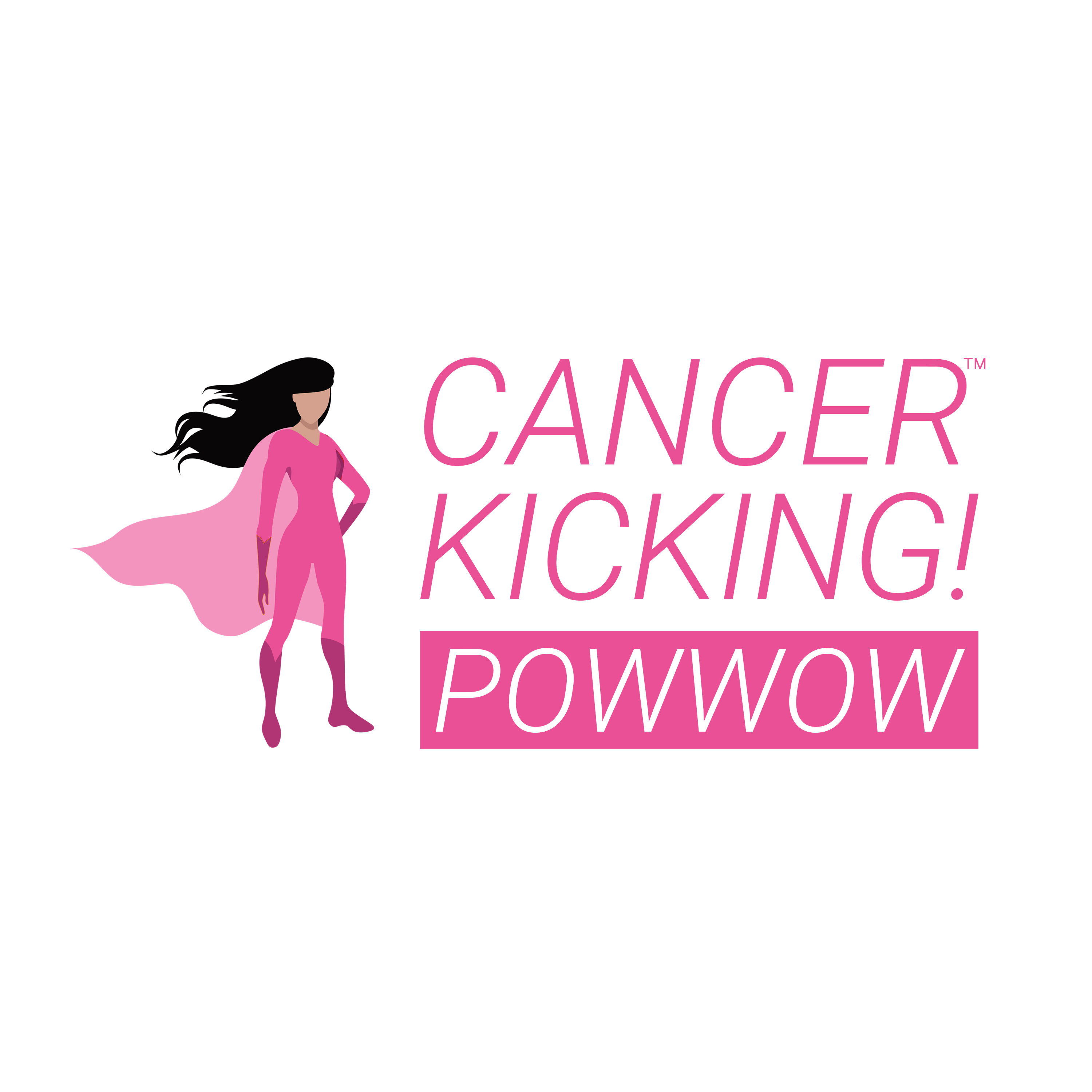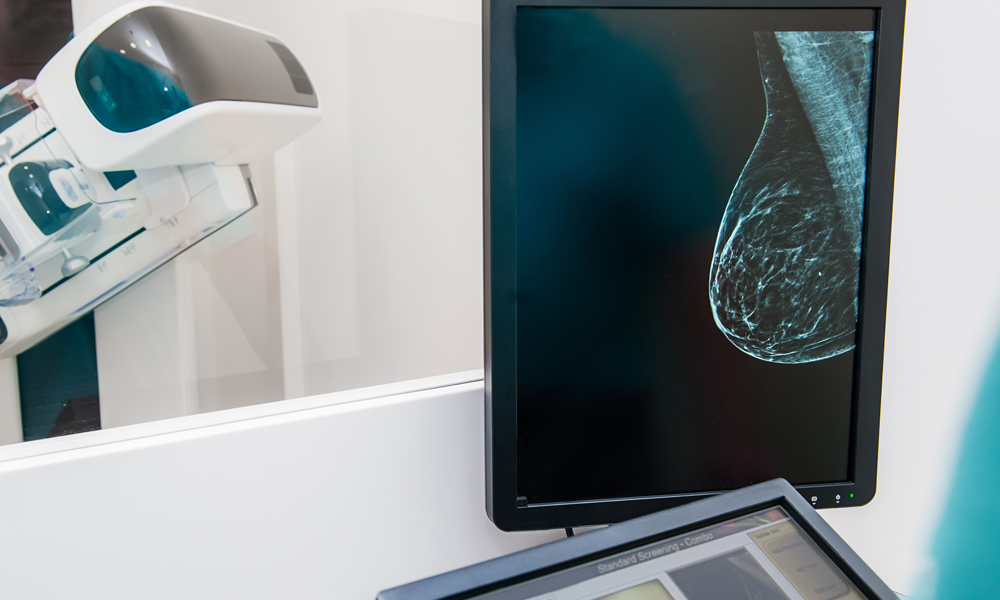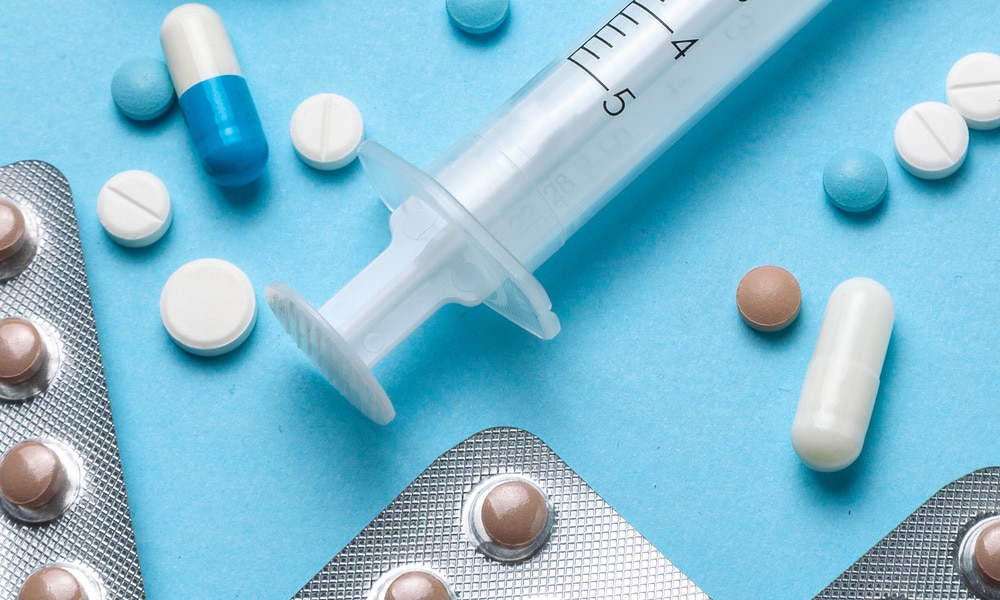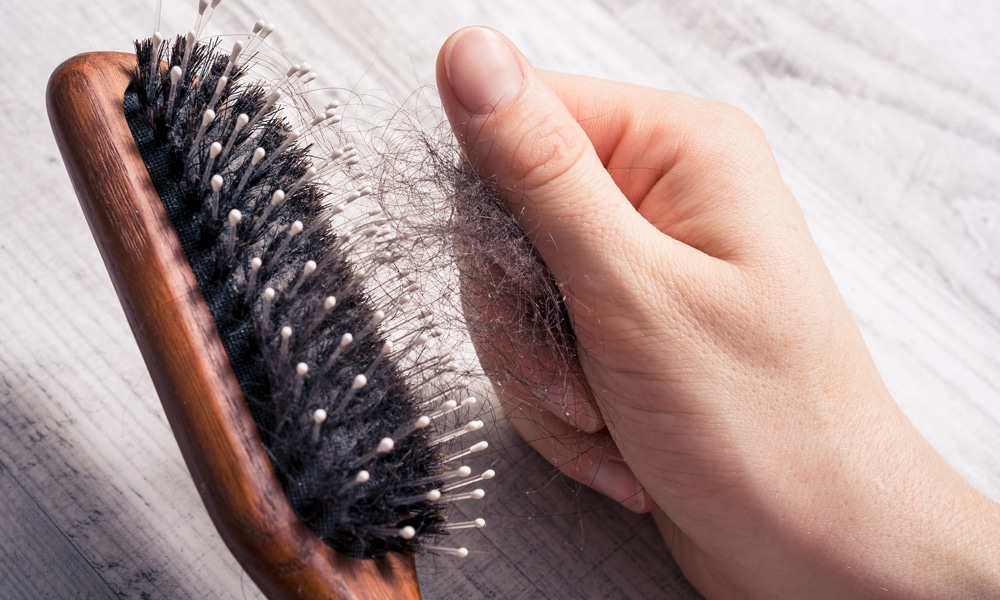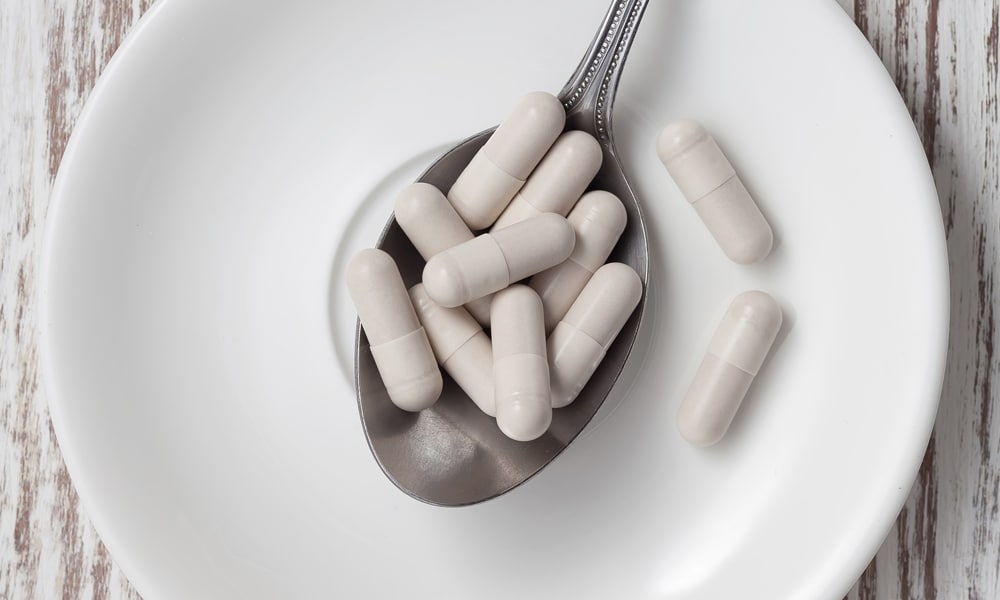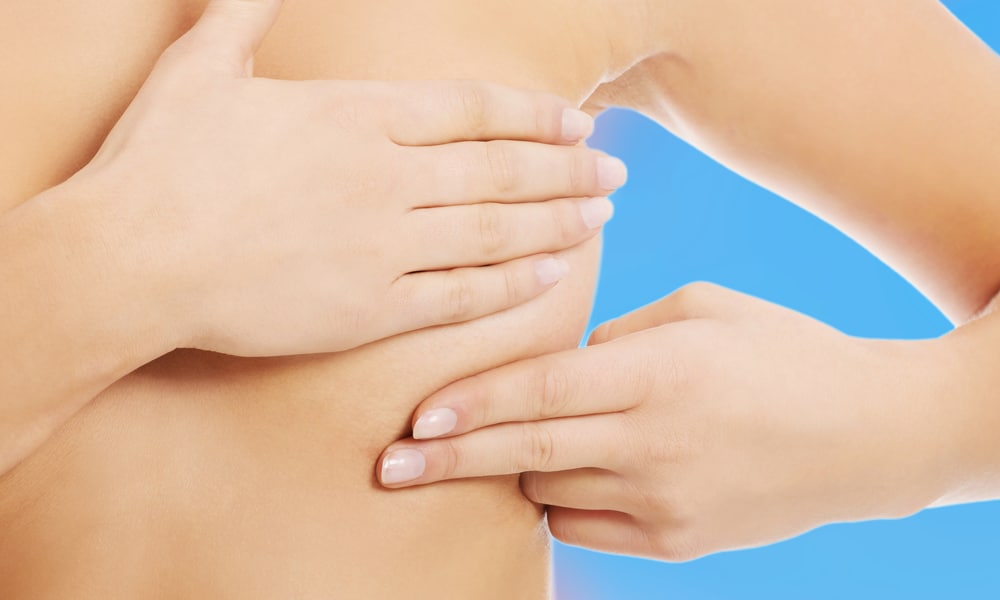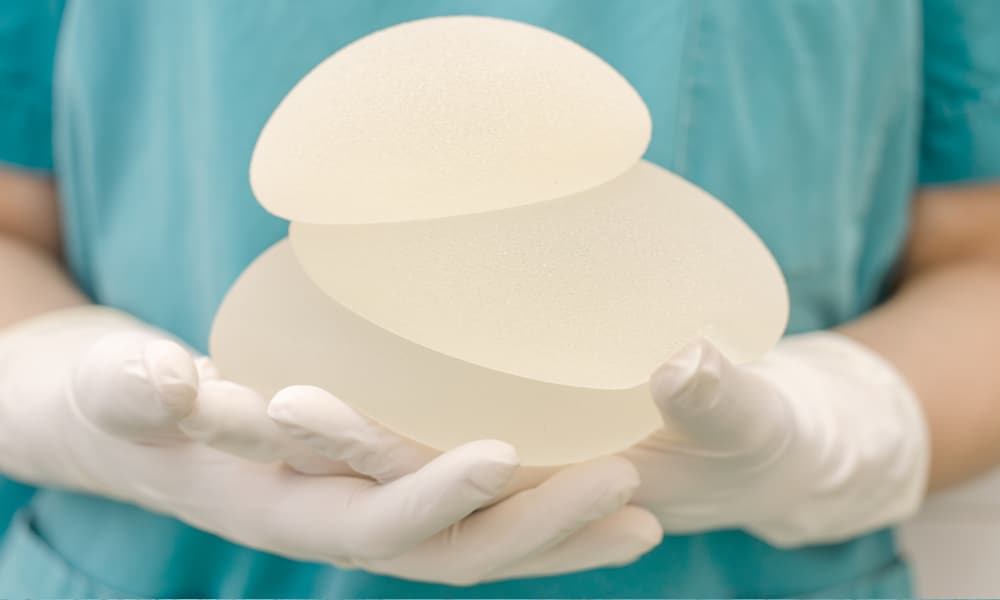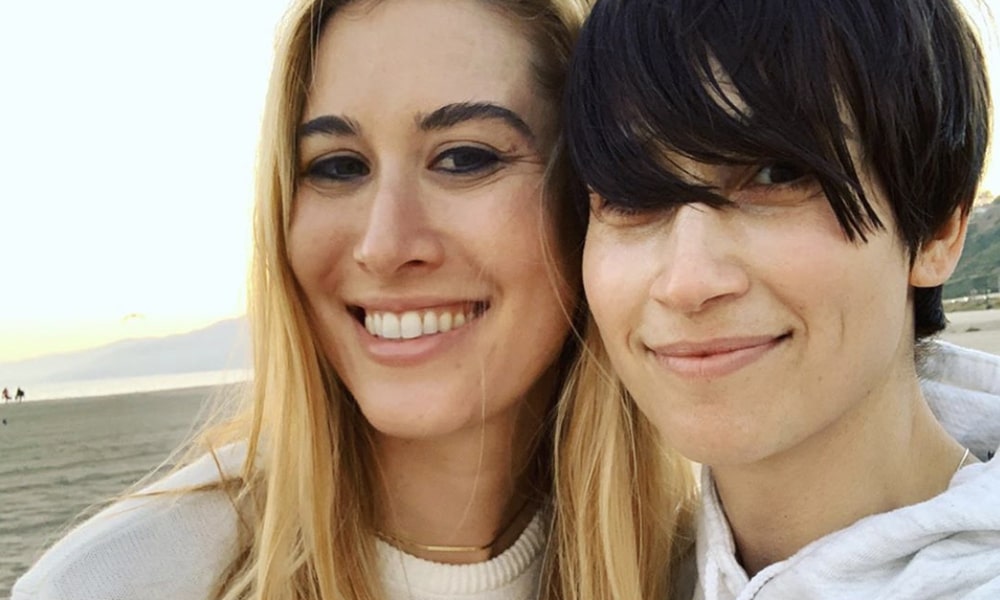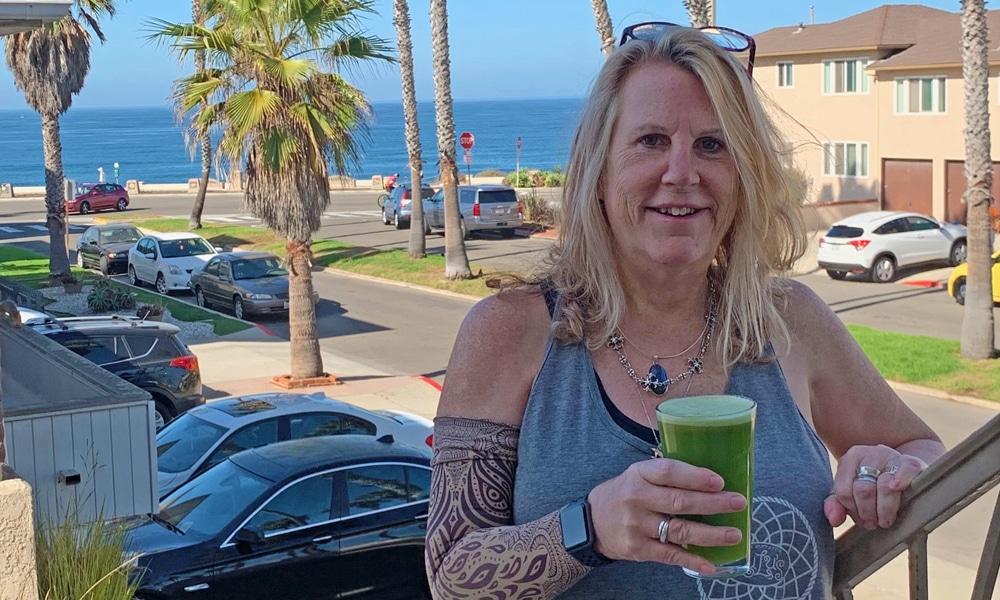If you caught me on Good Morning America today, we talked about my favorite antioxidant-caped superheroes (broccoli, berries, turmeric…). In this post, I want to give you a sneak-peak into bullet-proofing your home against “endocrine disrupting compounds”(EDCs), and in so doing, your breast cancer risk (or recurrence risk) just might become bullet-proof, too!
 We’ve been working hard on this. Add your e-mail address and we will tell you as soon as it launches.
We’ve been working hard on this. Add your e-mail address and we will tell you as soon as it launches.
What are Endocrine Disrupting Compounds?
A number of toxins, which I detail in my book, Breasts: The Owner’s Manual, contribute to your everyday cancer-causing exposures. Shockingly, over 90% of synthetic chemicals used in US have never been tested for their effects on human health. Imagine that![1]
A prevalent number of these compounds behave as “xenoestrogens”, chemicals that mimic the actions of estrogen in our bodies, and yet no regulatory body has mandated that we test products for xenoestrogen levels or their effects. Xeno means “foreign” in Greek, so these foreign estrogens behave as “endocrine disrupting compounds”, a term applied to mimickers of not only estrogen, but of any naturally circulating hormone. EDCs exist in many pesticides, plastics, tobacco smoke, prescription drugs, food additives, fuels, detergents, industrial solvents, and an especially sneaky source – personal care products.[2] They attach to the same receptors as our natural hormones, but they can cause a stronger downstream reaction than normal cells, a weaker one, or a totally different one! How would we know? No one has tested most of them!
Get discounted Tier 2 tickets while they last. Watch the Summit via on-demand video from anywhere or attend in person at the breathtaking oceanfront Terranea Resort in Southern California.
Do EDC’s Increase my Risk?
All known breast cancer risk factors are contributory causes, meaning the exposures add to risk, but alone and by themselves, they do not possess the power to independently cause breast cancer.
Think about the proverbial straw that breaks a camel’s back: the camel plods along appearing healthy and strong, carrying a seemingly manageable load, until one more little strand of straw atop his back sends him crashing to the ground under the weight of it all.
Any and every straw we can avoid will lessen the total burden we have to carry. If we can avoid or remove enough environmental “straws,” our backs and breasts are much less likely to ever break.
Follow Power Up
Follow Power Up
Let’s Bullet-Proof Your Household
Wash Your Hands
Frequently. Always before you eat. Avoid triclosan-laden antibacterial soaps (yes, really!) and just use plain ol’ soap and water.
Dust and Vacuum
Chemicals fly off of flame-retardant electronics and couches and collect in dust. Zip it up.
Plastics
Use glass, steel, or ceramic instead of plastic for storing, preparing, and serving food and drink; glass not plastic baby bottles; wooden not plastic toys (oh no, Lego!); never microwave food in plastic containers or cover them in plastic wrap; when food comes in a “microwavable bag” (popcorn, rice, veggies) or a TV dinner tray, I unwrap even the “BPA free” ones, and heat in glass or ceramic; don’t heat Styrofoam (Ramen noodles, soup); do not leave water bottles or plastic containers in the sun because the heat increases BPA and dioxin leaching into your water and food; do not freeze plastic water bottles; avoid plastic baggies with reusable bags; replace plastic cling wrap with beeswax-coated cloth.
Food
Choose organic or locally grown foods whenever possible; splurge for organic when consuming the skin (berries not bananas); wash fruits and veggies with a 10% salt solution; peel non-organic fruits and vegetables; go fresh (say “no can do” to cans lined with BPA); limit dioxins by limiting meat, fish, milk, eggs and butter; eat wild salmon, mackerel, sardines to avoid mercury in fish; read ingredient labels and avoid hormones and pesticides.
Household
Filter your drinking water, and all household water sources, if possible; trade non-stick Teflon pans for cast iron or stainless steel; choose chemical free, biodegradable laundry and household cleaning products (or make your own: 1 cup white distilled vinegar with 1 cup water); find chlorine-free products and unbleached paper products (tampons, toilet paper, coffee filters); ditch your vinyl shower curtain and hang one made of fabric; use metal or bamboo cooking utensils, strainers and cutting boards (not plastic); put a high efficiency particulate air (HEPA) filter in rooms where you spend the most time; as you replace big items like couches and mattresses, select those that contain naturally less flammable material like leather, wool, and cotton to avoid flame retardant chemicals; get rid of things with crumbling old lead paint; don’t kill ants or cockroaches with chemical pesticides; don’t use weed killers and artificial fertilizers on your lawn; open windows and allow fresh air to circulate through your home.
Houseplants
Carpets, couches, ovens, cleaning solutions, and synthetic materials such as plastic, fiber, and rubber all emit chemicals that make your home sanctuary an unexpected place of personally created air pollution. In 1989, NASA discovered that houseplants absorb harmful toxins from the air![3] You say you don’t have a green thumb? Think about it, if these plants eliminate toxins like formaldehyde, xylene, toluene, benzene, trichloroethylene, ammonia, and carbon monoxide, you don’t even need thumbs to keep them alive! Low maintenance potted air purifiers include Spider plants, Dracaenas, Aloe vera, Areca palms, Snake plants, and Chrysanthemums. Easy to care for, but poisonous, so no kids or pets allowed: Golden pothos and Heart leaf philodendron. If you have some plant-love to give, these ones require a bit more attention like fertilizing, misting, and repotting: Bamboo palms, English ivy, Rubber plants, Chinese evergreen, Gerber daisies, Weeping fig, and Azaleas. Time for an oxygen boost in the bedroom: Snake plants, also called mother-in-law’s tongue (sorry, my MIL!), absorb carbon dioxide by day and emit oxygen by night (most plants do the opposite).
Cosmetic Products
Turn up your nose to fragrances, or else use essential oils to avoid phthalates; find chemical free soaps and toothpaste; avoid lotion and cosmetics that have toxic chemicals and estrogenic ingredients; avoid nail polish and polish removers; avoid shampoos, conditioners, body washes and moisturizers with phthalates or parabens on the label; sunscreens (UV filters) also contain chemicals like OD-PABA, so use appropriately but sparingly. To find out what you are putting on your skin, nails and hair (70% of which gets absorbed into the body), visit the EWG’s database of chemicals.
Exercise
Many toxic elements are preferentially excreted through sweat, separately from stool and urine.[4]
Out and About
Limit exposure to carpet fibers, copiers and printers, toner cartridges at the office; avoid fumes at the gas pump; decline paper receipts you don’t need.
A Final Word
This list isn’t meant to make you live in fear of every molecule you encounter. But be mindful of which toxins can be eliminated from your life, and show them the front door!
References
- National Cancer Institute (2003). Cancer and the Environment: What you need to know, what you can do. National Institute of Health.
- Brody, Julia Green, and Ruthann A. Rudel. “Environmental pollutants and breast cancer.”Environmental health perspectives 111.8 (2003): 1007.
- Wolverton, B. C., Anne Johnson, and Keith Bounds. Interior Landscape Plants for Indoor Air Pollution Abatement: Final Report-September 1989. National Aeronautics and Space Administration, John C. Stennis Space Centre, 1989.
- Genuis, Stephen J., et al. “Blood, urine, and sweat (BUS) study: monitoring and elimination of bioaccumulated toxic elements.” Archives of environmental contamination and toxicology 61.2 (2011): 344-357.


